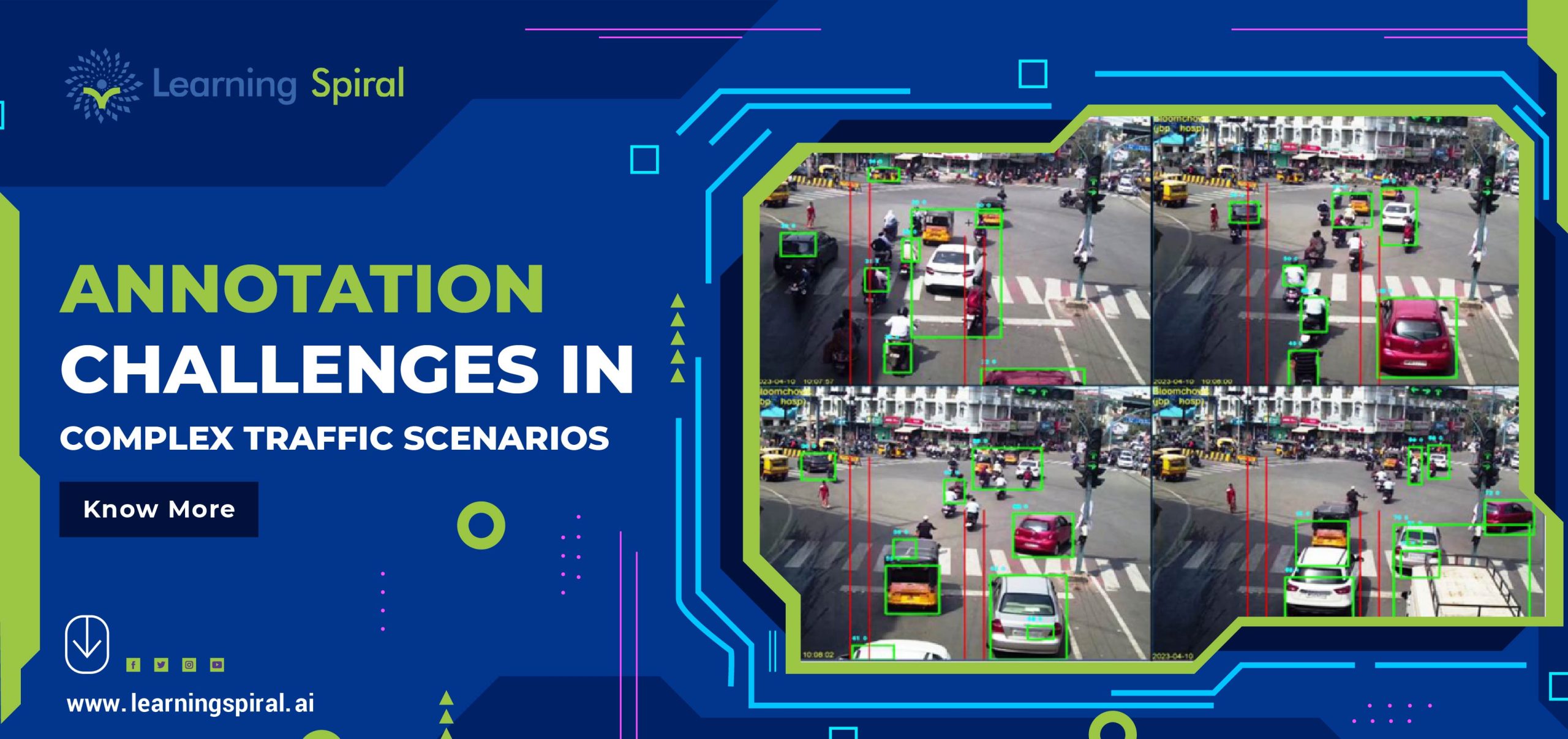
As autonomous vehicles become more integrated into modern transportation systems, the demand for accurate and high-quality training data continues to grow. One of the biggest hurdles in this journey is handling annotation challenges in complex traffic scenarios.
Traffic environments are dynamic and unpredictable. From multiple lane intersections, pedestrian crossings, cyclists weaving through cars, to varying weather and lighting conditions—annotating these scenarios accurately is no small task. Bounding box annotation, image labeling, video annotation, and semantic segmentation are some of the key techniques used to train models for real-time object detection and decision-making.
However, in crowded urban areas, differentiating between overlapping vehicles, classifying partially obstructed objects, and labeling fast-moving entities present significant difficulties. Even minor annotation errors in data labeling can lead to critical failures in autonomous vehicle systems.
This is where Learning Spiral AI steps in. As a leading provider of data annotation services, we specialize in solving real-world challenges associated with AI training data. Our expert annotators and QA processes ensure precision in high-density, complex environments. Whether its image annotation for road signs, bounding boxes for moving vehicles, or video annotation for multi-frame tracking—we deliver scalable solutions tailored for autonomous driving technologies.
We understand that autonomous vehicle development depends on both data quality and annotation accuracy. That’s why our workflows are designed for flexibility, high throughput, and custom client requirements. With our support, machine learning models gain the contextual understanding needed to navigate complex traffic with confidence.
At Learning Spiral AI, we transform raw footage into intelligently annotated datasets, helping advance the future of safe, reliable, and efficient mobility.

